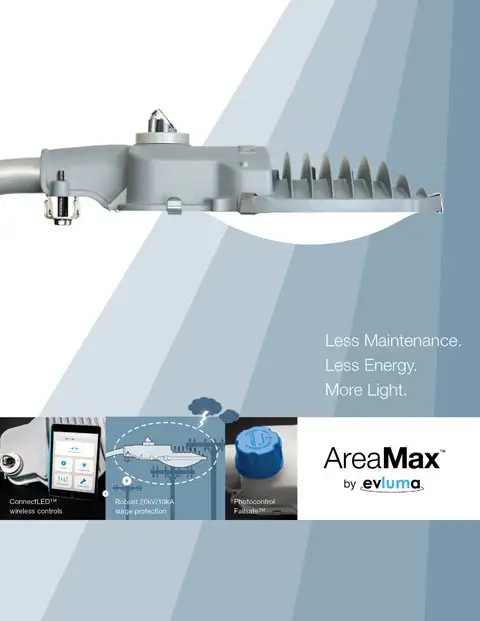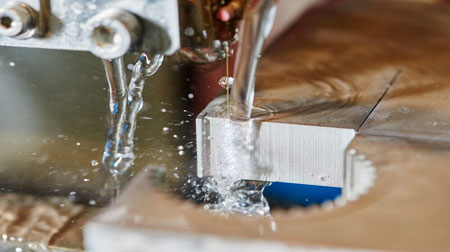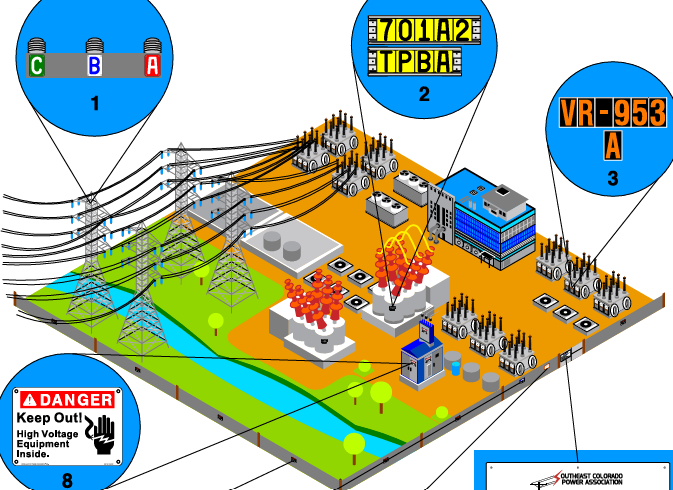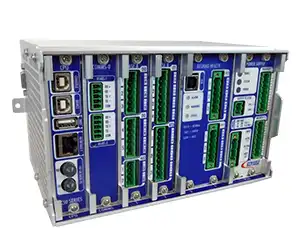How Does A Relay Function
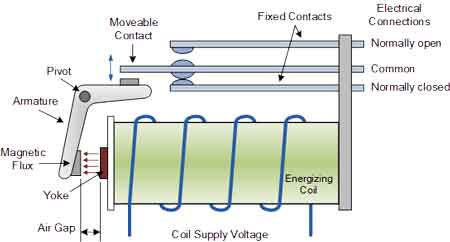
Protective Relay Training - Basic
Our customized live online or in‑person group training can be delivered to your staff at your location.
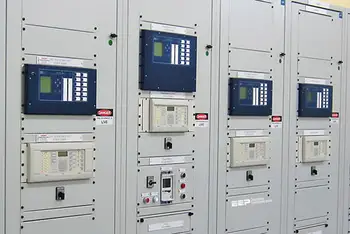
- Live Online
- 12 hours Instructor-led
- Group Training Available
Download Our OSHA 3875 Fact Sheet – Electrical PPE for Power Industry Workers

- Follow rules for rubber gloves, arc-rated PPE, and inspection procedures
- Learn employer obligations for testing, certification, and training
- Protect workers from arc flash and electrical shock injuries
A relay functions as an electrically operated switch, using a coil, contacts, and control signals to manage circuits safely. It enables automation, isolation, and protection in electrical systems across power, control, and communication applications.
How Does a Relay function?
How does a relay function? It operates by energizing a coil to open or close contacts, controlling electrical circuits without direct human action.
✅ Enables circuit control through electromagnetic switching
✅ Provides isolation between control and power circuits
✅ Supports automation, safety, and reliability in systems
Substation Relay Protection Training
Request a Free Training Quotation
Relays play a crucial role in electrical protection, serving as intelligent switching devices that detect faults and initiate necessary actions to safeguard electrical systems. Acting as the first line of defense in power networks, devices continuously monitor voltage, current, and other parameters to prevent damage from short circuits, overloads, and system failures. Their ability to isolate faulty sections minimizes downtime, enhances safety, and ensures the reliability of substations, industrial plants, and power grids. Understanding how a device functions is essential for engineers, technicians, and industry professionals aiming to optimize electrical protection and system efficiency.
The Role of the Electromagnetic Coil
At the heart of relay work is the electromagnetic coil, which generates a magnetic field when current flows through it. This magnetic force attracts a movable component, called the armature, causing it to shift from its original position. The armature’s movement either opens or closes the device contacts, enabling or interrupting the flow of electricity in the connected circuit. This simple yet effective process allows devices to serve as an intermediary between a low-power control circuit and a high-power device such as an electric motor.
Electricity Today T&D Magazine Subscribe for FREE

- Timely insights from industry experts
- Practical solutions T&D engineers
- Free access to every issue
Isolation Between Circuits
Relays provide an essential function by offering isolation between circuits. In many applications, it is necessary to control high-power devices without establishing a direct electrical connection. By using an electromagnetic coil to trigger the switching mechanism, devices prevent power surges from reaching sensitive components, thereby ensuring the safety and efficiency of the entire system. This is particularly important in situations where a low-voltage control circuit must regulate a high-voltage power source.
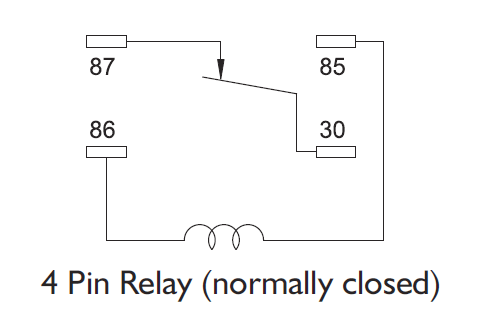
Types of Relays
There are various types of devices designed to meet specific operational needs. Electromechanical devices, which utilize physical movement to switch contacts, are widely used due to their reliability and simplicity. In contrast, solid-state relays operate without moving parts, making them more durable and suitable for high-speed switching applications. Time delay devices introduce a preset lag between the activation signal and the switching action, which is useful in automated control systems. Additionally, specialized devices such as SPDT relays (Single Pole Double Throw) and double-pole single-throw devices provide versatile control over multiple circuits.
Key Components of a Relay
Understanding the key components of a device is crucial to appreciating its functionality. The coil of wire generates the magnetic field necessary for operation. The relay contact points form the conductive bridge that opens or closes the circuit. Depending on the design, a device may contain normally open (NO) or normally closed (NC) contacts, which determine whether the default state allows or prevents current flow. The armature, connected to the switching mechanism, moves in response to the magnetic field, thereby changing the state of the device contact.
Applications of Relays
One of the most critical applications of devices is in switching operations for electric motors. Because motors often require large currents, direct control by delicate electronic circuits is impractical. Devices bridge this gap by enabling low-power signals to safely switch high-power loads. This principle is widely employed in industrial automation, HVAC systems, and even automotive electrical controls. Additionally, devices are located in power distribution networks, where they protect circuits from overloading by serving as an automatic fail-safe mechanism.
Frequently Asked Questions
What is the basic working principle of an electrical relay?
An electrical device operates as an electrically controlled switch, designed to open or close a circuit in response to an electrical signal. When a small voltage or current is applied to the device coil, it generates a magnetic field that attracts a movable armature. This movement causes the device contacts to either close or open, allowing or interrupting the flow of current in the controlled circuit. Essentially, the device acts as an interface between a low-power control circuit and a higher-power electrical circuit.
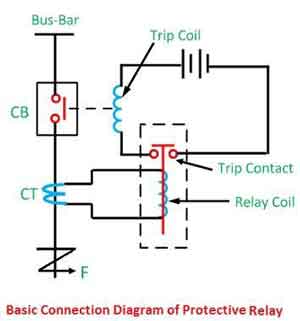
What are the different types of relays used in electrical protection?
Several types of devices are used in electrical protection systems, each designed for specific applications. Electromechanical devices operate using mechanical movement driven by electromagnetic force. Static devices, on the other hand, function without moving parts, relying on electronic components such as transistors and diodes to achieve their switching function. More advanced digital devices utilize microprocessors to analyze electrical parameters and execute switching decisions based on programmed logic. Numerical devices extend digital device functionality by incorporating communication interfaces, self-diagnostic features, and multi-functional protection schemes. Specialized devices, such as differential devices, compare current levels at two different points in a circuit to detect faults, while overcurrent devices respond to excessive current flow. Distance devices determine faults based on impedance measurement, and directional devices operate only when fault current flows in a specific direction.
FREE EF Electrical Training Catalog
Download our FREE Electrical Training Catalog and explore a full range of expert-led electrical training courses.

- Live online and in-person courses available
- Real-time instruction with Q&A from industry experts
- Flexible scheduling for your convenience
How does a relay differentiate between normal and fault conditions?
A device determines whether the system is operating normally or under fault conditions by continuously monitoring electrical parameters such as current, voltage, frequency, and impedance. These values are compared against predefined thresholds. If any parameter exceeds or falls below the acceptable range, the device identifies a fault condition and triggers an appropriate response, such as opening a circuit breaker. Time delay settings are often incorporated to prevent unnecessary tripping due to transient disturbances. More advanced devices use algorithms to analyze patterns and make intelligent decisions, ensuring reliability in distinguishing between genuine faults and temporary fluctuations.
What is the role of a relay in an electrical protection system?
In an electrical protection system, the device serves as a critical component in detecting and isolating faults, thereby maintaining system stability and preventing damage to equipment. When a fault occurs, the device quickly senses the abnormal condition and sends a signal to trip the circuit breaker, disconnecting the affected section from the rest of the network. This rapid fault clearance minimizes the risk of damage to transformers, generators, and other electrical equipment while ensuring the safety of personnel and preventing extended power outages. The device also helps in selective coordination, ensuring that only the faulty section is isolated while the rest of the system remains operational.
How do electromechanical and solid-state relays compare?
Electromechanical relays (EMRs) operate through the physical movement of components, which makes them slower but suitable for high-power applications. Due to the presence of mechanical parts, they are prone to wear and tear over time, resulting in limited durability. Solid-state relays (SSRs), in contrast, use semiconductor devices for switching, eliminating mechanical movement and resulting in faster operation, higher reliability, and longer lifespan. While EMRs consume more power due to coil energization, SSRs are more energy-efficient and suitable for high-speed switching applications. Electromechanical devices are commonly used in industrial and power system protection applications, whereas SSRs are extensively used in automation and sensitive electronic circuits where rapid and precise switching is required.
A relay is an electromechanical or solid-state switching device used in electrical protection systems to control circuits by opening and closing contacts in response to specific input conditions. It operates based on the principle of electromagnetism or semiconductor technology, where an input signal—such as voltage, current, or temperature—triggers the device to activate or deactivate a connected circuit. Protective devices play a crucial role in power systems by detecting faults, isolating faulty sections, and ensuring system stability. Modern devices use microprocessors for precise and reliable operation, enhancing efficiency and safety in electrical networks.
Related Articles






